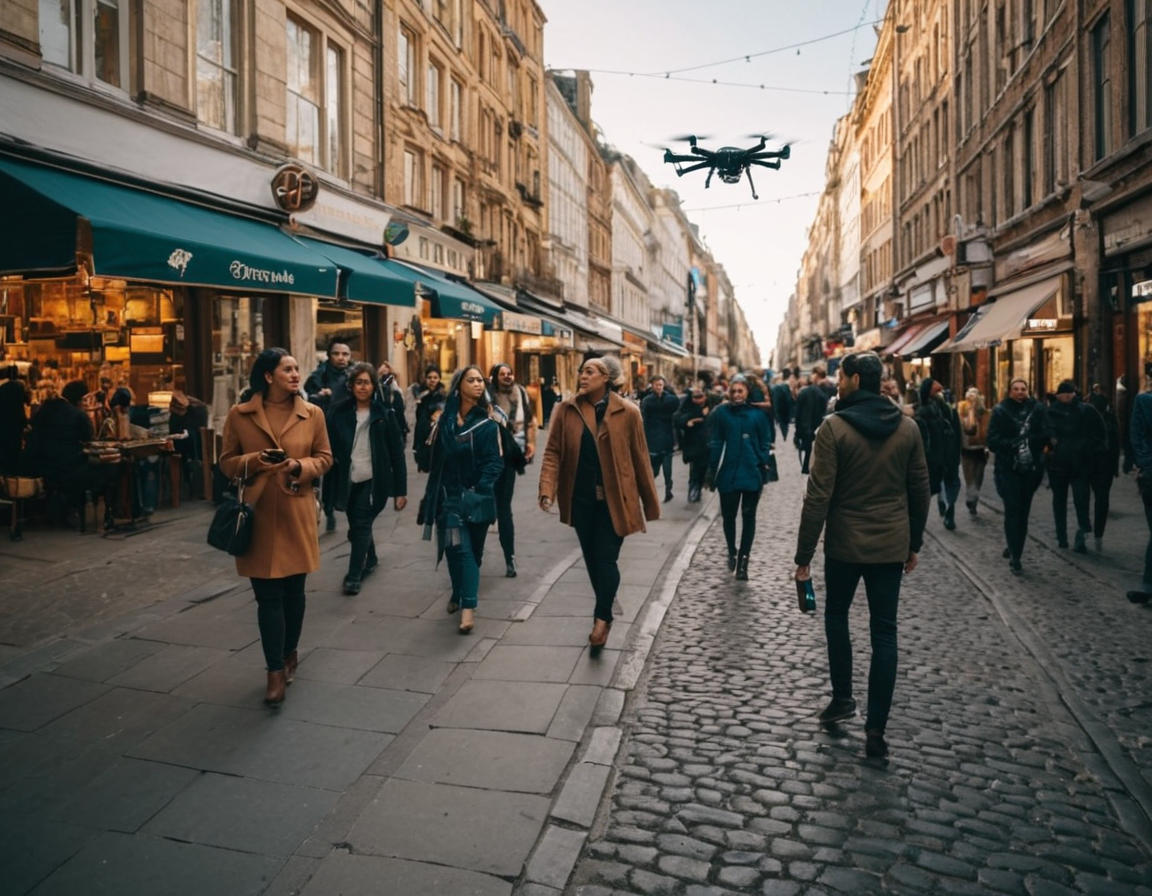AI & Authentic Street Photography

The Future of Street Photography: How AI-Generated Content is Redefining Authenticity
Introduction
As the world becomes increasingly digital, the landscape of street photography is undergoing a significant transformation. The advent of artificial intelligence (AI) has opened up new avenues for creative expression, but it also raises questions about the very essence of authenticity in this medium.
In this blog post, we will delve into the implications of AI-generated content on street photography, exploring both the benefits and drawbacks of this emerging trend.
The Rise of AI-Generated Content
AI-generated content has been gaining traction in various fields, including music, art, and even journalism. In the context of street photography, AI algorithms can be used to generate images that mimic the style of renowned photographers or even create entirely new compositions.
However, this raises serious concerns about the authenticity of the resulting work. If an AI algorithm can produce images that are indistinguishable from those taken by a human photographer, does it not undermine the very purpose of street photography – to capture reality as it is?
The Benefits of AI-Generated Content
Proponents of AI-generated content argue that it can:
- Augment human creativity, rather than replace it
- Provide an alternative for photographers who are unable to physically capture images due to various reasons
- Open up new avenues for experimentation and innovation
These points are valid, but they do not address the core issue of authenticity.
The Drawbacks of AI-Generated Content
On the other hand, there are several drawbacks to relying on AI-generated content:
- Lack of human touch: AI algorithms lack the emotional depth and personal connection that a human photographer brings to their work
- Manipulation of reality: AI-generated content can be used to manipulate or distort reality, which is antithetical to the principles of street photography
- Intellectual property concerns: who owns the rights to an AI-generated image – the programmer or the person who uses it?
Practical Examples
Let’s consider a hypothetical scenario where an AI algorithm is used to generate images for a street photography exhibition. The resulting images are indistinguishable from those taken by human photographers, but they lack the emotional resonance and personal connection that makes street photography so powerful.
In this case, the AI-generated content raises more questions than answers. Is it still street photography if the image was generated by an algorithm? Does the absence of a human element negate the entire purpose of the medium?
Conclusion
The use of AI-generated content in street photography is a double-edged sword. While it may offer benefits such as augmenting human creativity or providing alternative options for photographers, it also raises serious concerns about authenticity and manipulation of reality.
As we move forward, it’s essential to have an open and honest discussion about the implications of this technology on our medium. We must consider the potential consequences of relying on AI-generated content and weigh them against the benefits.
The future of street photography is uncertain, but one thing is clear – it will require a nuanced understanding of the role that technology plays in shaping our creative expression.
Call to Action
As we navigate this uncharted territory, we invite you to join the conversation. Share your thoughts on the implications of AI-generated content on street photography. How do you see this technology evolving, and what are the potential consequences?
Tags
ai-street-photography authenticity-challenge digital-influence image-generation creative-expression
About Teresa Gomez
Photography enthusiast & blogger Teresa Gomez shares her expertise on inspiring photography techniques, tutorials, and tools to help creatives elevate their craft at lentecreativa.com.
